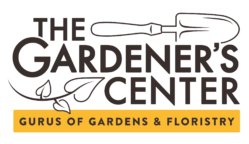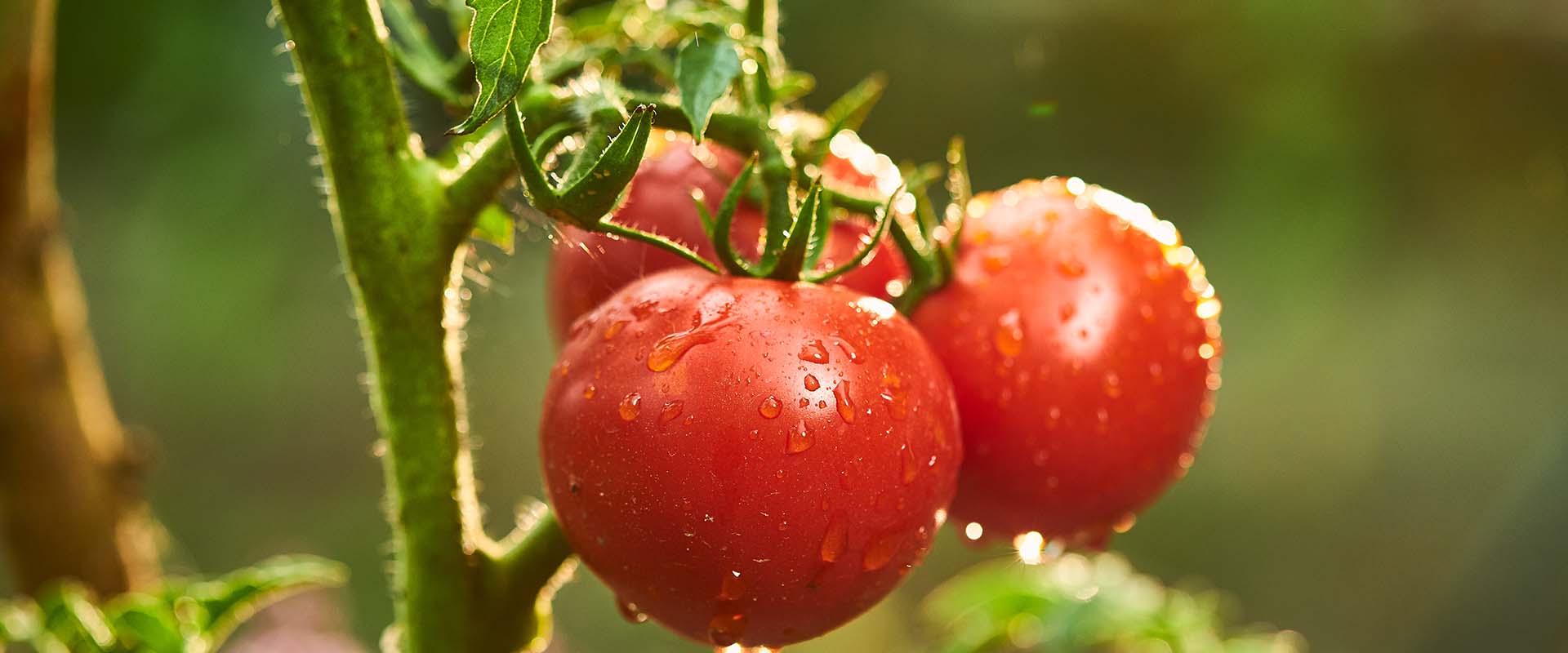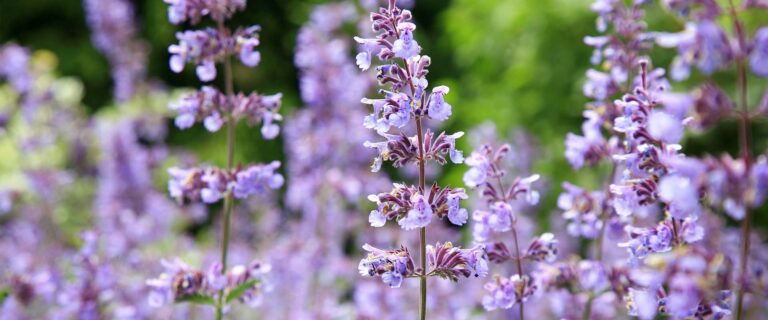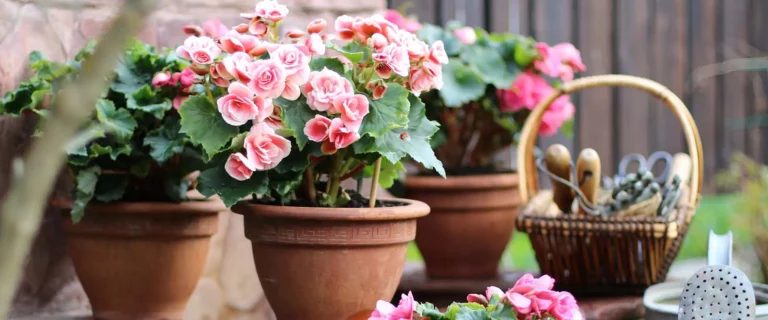It’s early May, and we’re just about to kick off our official tomato-growing season here in southern Connecticut, so this is the perfect opportunity to talk about growing tomatoes… Specifically, growing tomatoes in containers.
This is a passion of Sean’s, our horticulture guru here at The Gardener’s Center, and he wants you to be as successful at tomato growing as he is.
The Summer Ritual of Planting Tomatoes
You don’t have to be a vegetable gardener to try your hand at planting tomatoes. And if you’ve tried, then you’ve probably made one or two mistakes that most people make. But we want to tell you about our tried-and-true (what Sean calls his set-it-and-forget-it) method of growing tomatoes in containers.
And just so you’re prepared, you’re going to do all the work up front, and then for the rest of the season, all you’re going to do is water as needed and enjoy delicious tomatoes. That’s the way this is going to work!
But First, How Do Tomatoes Grow?
Before we get into the nuts and bolts of putting our tomatoes in pots, there’s something you need to know about tomatoes; they’re kind of outliers as far as potted plants go. In fact, tomatoes technically are vines. But not vines like clematis or honeysuckle or peas, ones that’ll grow up a trellis or climb on a chain-link fence. Tomatoes just don’t do that! (But how nice that would be if they did, right? Somebody should really get to work on that because that would really change the world of tomatoes!) But tomatoes are essentially lazy, rambling vines; in nature, they would ramble along the ground. In other words, they need support, something to grow on.
There are Two Types of Tomatoes: Determinate and Indeterminate
Remember, tomatoes are rambling vines, so one of the important things you want to look at on your plant tag is whether it says “determinate” or “indeterminate.” Those are the two classifications of tomatoes. Determinate tomatoes are going to grow to a predetermined height and then stop. And that might be a good thing if you’re looking at a tomato plant you want to grow in a container.
But the problem with the determinate types, and the reason Sean really doesn’t like using them in containers, is that they’re kind of a one-and-done sort of a tomato; they tend to blossom, set their fruit, and ripen all at once, so you’ll get a whole bunch of tomatoes at one time. But then your season is over.
Your indeterminate types of tomatoes are going to continue growing indefinitely—and we mean indefinitely! They’ll grow 30 feet tall if they were able to! Sean prefers using indeterminate tomatoes, because while there’s a bit more work involved, they’re going to flower and produce fruit from July all the way until the middle or end of September. If you’re looking to get a long season out of your tomatoes, you want to look for indeterminate varieties.
Choosing the Right Pot
Now that we know which type of tomato to choose, it’s time to choose the right pot. Sean likes to use a whopping 15-gallon nursery container to grow an indeterminate tomato variety and there are three reasons why…
- Your tomato plant is going to use every ounce of soil that’s in your big pot by the end of the season.
- Remember tomatoes get tall, and when they set fruit, they get top heavy. If your pot’s not big and heavy enough, your plant may not be able to recover from any wind gusts or summertime thunderstorms.
- As your plant gets bigger and the summer gets hotter, its roots will begin to fill its pot and it’s going to need more and more water. If it’s in a nice, big pot, that’s going to make things a lot easier for you to keep it happy.
One Tomato Plant in One Pot, Please
A lot of people think the more tomato plants they put in the pot, the better, and the more tomatoes they’re going to get. The opposite is true! It’s going to be a disaster if you put more than one indeterminate tomato in the pot. While it may look silly in the beginning, only put one plant in your big pot!
Also, resist the temptation to plant other things in the pot with the tomato. Don’t plant basil around it, and don’t plant marigolds around it. You can get smaller pots for those things and you can kind of group them around and make it look a little prettier, but you don’t want to plant other plants in the pot itself. Those plants are more than likely going to have different water needs than the tomato plant, plus, they’re going to eventually get obliterated by the tomato plant.
The Dirt (and Steps) on Planting Your Tomato Plant
The very first thing Sean does when planting his tomato is fill up his pot halfway with Bumper Crop Potting Soil.
He also uses Espoma Organic Tomato-Tone; this is his go-to fertilizer for tomatoes. But it’s not just a fertilizer; there are living microorganisms in the bag, so when you use this product you’re going to be introducing living soil biology to your pot. Tomato-Tone has a lot of calcium in it as well, which helps prevent blossom end rot.
GURU TIP: Despite its name, Espoma Organic Tomato-Tone isn’t just for tomatoes. You’ll want to use it on cucumbers, squash, peppers, eggplant, and all those that may suffer from blossom end rot.
Work the Tomato-Tone into the soil, all the way to the bottom of the pot. This is going to be a treat for your tomato plant later; its roots are going to get down there in a couple months and there’s going to be all sorts of microbial action and fertilizer down there for the plant when it needs it.
Fill your pot with more soil and work more Tomato-Tone through it, and then top it off with a little more Tomato-Tone. That’s going to be it as far as fertilizing this plant goes for the rest of the season… You’re done! Your pot is now set to sustain your plant all season long.
Finally, it’s time to add your tomato plant… Just dig a little circle right in the center, add it in, and then fill the soil back in to make your plant comfortable.
Give Your Plant the Support it Needs
While your small, lone plant may look a little funny in that big pot, remember, this is a set-it-and-forget-it technique! Your plant will need support; we’re trying to force something that would normally grow horizontally to grow vertically. A lot of people, especially those who garden in the ground, will use a single, hardwood stake. And then you have to tie the tomato to the stake as it goes. It’s a lot of work, and Sean doesn’t particularly like that technique for containers. He likes tomato cages.
Tomato cages typically come in three sizes. You’re usually going to find them in 33-inch, 46-inch, and 54-inch sizes. The 54-inch tomato cages are the only size tomato cages we sell at The Gardener’s Center because, in Sean’s opinion, 54-inch tomato cages are the only kind that work. The other two sizes are way too small for indeterminate tomatoes.
Another thing… A lot of folks like to wait until later to install the cage. Sean recommends NOT waiting. Not only will you NOT have to stuff and wrangle your rambling vine in there, you’re actually going to make your plant sturdier as it grows. Also, using this larger, heavier-gauge cage is yet another reason to have a big pot; you want the tomato cage legs to go all the way down to the bottom.
But you’re not quite done with the tomato cage because your tomato is going to get big. It’s going to get heavy. It’s going to grow up to the top of the cage and then start to spill over. And this tomato cage isn’t going to do all the work on its own. So Sean suggests adding two or three six-foot stakes to, well, support the support.
The very last thing left to do is secure the stakes to the cage with twist ties or cable ties or even twine. Sean recommends the cable ties because they’ll last the whole season. Get them nice and tight, and then trim them to neaten it up a little bit.
All That’s Left is the Watering
So now all you’re doing for the rest of the season is watering your tomato plant.
If you’ve been trying to grow tomatoes in the past and failed, if your pot was perhaps too small, your support maybe wasn’t sturdy enough, then keep our rules in mind. Sean promises it’s going to work for you! And while it may not look so attractive, this isn’t for looking at… This is for deliciousness!
Want to know more about planting tomatoes in containers? Have other tomato questions? Want to hear about our favorite ways to eat tomatoes? 😃 Come in and talk to us here at The Gardener’s Center. We’re standing by!
